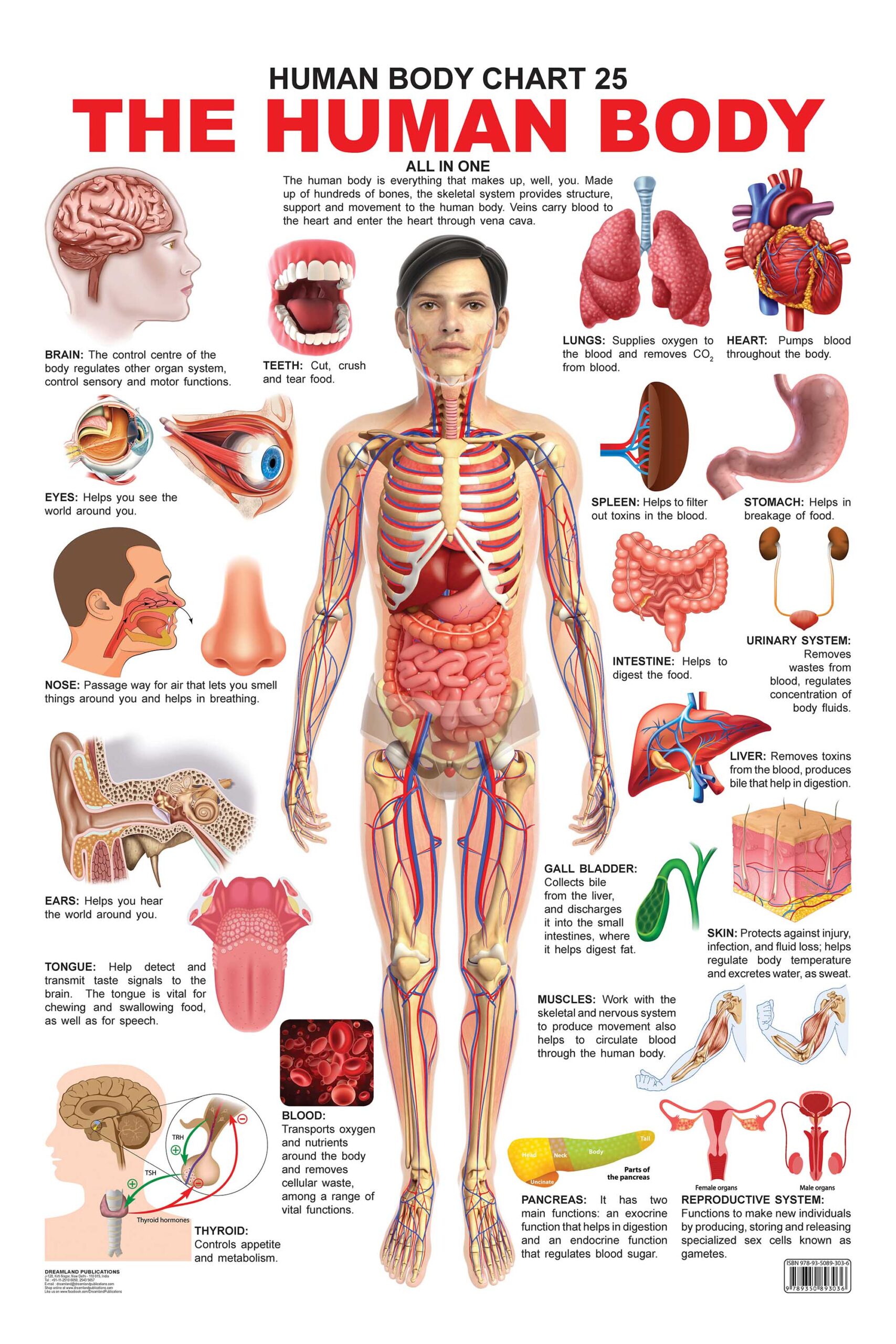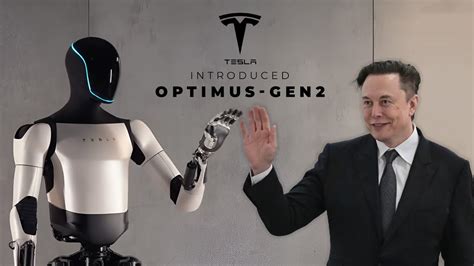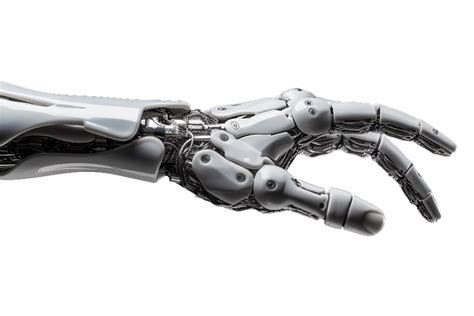There’s something almost poetic about the way robotic hands, with their intricate arrays of tendons, sensors, and actuators, are quietly transforming our interaction with technology. These aren’t mere mechanical appendages; they’re evolving into extensions of human intention and dexterity, bridging gaps that once seemed insurmountable. It’s a fusion of engineering, neuroscience, and artificial intelligence, all converging into a single narrative of progress. This isn’t just about replacing a lost limb or mimicking a human grip—it’s about redefining what’s possible within the interface of man and machine. As I delve into this subject, it’s clear that robotic hands aren’t just tools—they’re catalysts for a paradigm shift in how we engage, communicate, and even think about technology itself.
Robotic Hands: The New Frontier in Human-Technology Collaboration

At the core of this revolution lies the fundamental challenge to mimic, and in some cases surpass, the human hand’s remarkable capabilities. Historically, prosthetic development was limited to basic mechanical devices—clunky, uninspiring, often frustrating for users. But recent advancements—driven by deep learning algorithms, miniaturized sensors, and materials science—have propelled robotic hands into a new era of sophistication. These devices now offer not just strength and durability but finesse, sensitivity, and adaptability. Imagine a robotic hand that can feel a fragile glass or perform delicate surgical procedures, and you’re beginning to glimpse the potential scope. The convergence of real-time sensory feedback and adaptive motor control systems is a game-changer, enabling more intuitive control that closely mirrors natural human movement.
The technological scaffolding behind evolving robotic hands
What makes these robotic hands uniquely suited for revolution? It’s the interplay of multiple technological layers—there’s the hardware, with actuators mimicking muscle movements; the embedded sensors, capable of detecting pressure, position, and even temperature; and the sophisticated processing units that interpret signals and generate responses instantaneously. These aren’t simply embedded electronics; they’re embedded intelligence, trained through vast datasets and refined through iterative machine learning models. Technologies like soft robotics, which employ compliant materials, push the boundaries further by providing flexible, bio-inspired interfaces. They better conform to complex contours and reduce the rigid, unnatural feel of earlier models. This synergy between hardware and AI has pushed robotic hands from pure mechanical replicas into versatile, adaptable extensions of human intent.
| Relevant Category | Substantive Data |
|---|---|
| Sensor Sensitivity | Capable of detecting force as low as 1 millinewton, enabling delicate manipulations |
| Degrees of Freedom (DOF) | Modern robotic hands exhibit 20+ DOF, closely mimicking human articulation |
| Response Time | Sub-10 milliseconds latency in signal processing, allowing real-time control |
| Actuator Force Output | Up to 15 Newtons, sufficient for most daily and professional tasks |

Key Points
- Robotic hands now possess sensory capabilities that enable nuanced interactions, such as gauging grip force with high precision.
- Advances in soft robotics and biomimetic design are making robotic hands more adaptable, flexible, and less rigid.
- The utilization of AI-driven control systems allows for more seamless, intuitive human-machine interfaces, fostering safer and more natural collaboration.
- Integration of haptic feedback and proprioception accelerates acceptance in medical, industrial, and daily use cases.
- Technological strides suggest a future where robotic hands will not only assist but also augment human ability beyond biological limits.
From Prosthetics to Symbiotic Partnering: The Evolution of Robotic Hands

To chart the trajectory of robotic hands is to see a narrative of relentless innovation. It’s a story that begins with rudimentary mechanical devices designed to replace lost limbs, gradually morphing into highly sophisticated extensions of natural human function. Early prosthetics—mainly cosmetic or limited to basic movement—laid the groundwork but couldn’t fully replicate the complexity of biological hands. Researchers, often inspired by biomechanics and neuroplasticity, sought to bridge this gap with control systems that interpreted brain signals, allowing amputees to grasp and manipulate objects with unprecedented finesse. Breakthroughs in neural interfacing—such as brain-computer interfaces (BCIs)—are now enabling direct thought-to-action pathways, making robotic hands controllable through neural commands with high fidelity.
How neural interfaces are reshaping accessibility and collaboration
Neural interfacing represents a paradigm shift in human-robot interaction. Instead of cumbersome control mechanisms—joysticks or physical controllers—users now transmit intent directly from their brain patterns. This is achieved using electrodes that decode neural activity, translating signals into motor commands for the robotic hand. The implications are profound: individuals with paralysis or limb loss regain a sense of agency, while others can undertake complex tasks with minimal cognitive load. Moreover, these interfaces are becoming increasingly integrated with AI algorithms that adapt to subtlest changes in neural signatures, resulting in a more natural and fluid control experience. Commercially, companies like Open Bionics and ReWalk are pioneering such systems, blending biomechanics with neurotechnology to create prosthetics that feel intimately connected to biological intent.
| Relevant Category | Substantive Data |
|---|---|
| Neural Signal Decoding Accuracy | Over 95% accuracy in laboratory conditions with advanced BCI systems |
| Latency | Average of 20 milliseconds between neural signal detection and robotic response |
| User Adaptation | Systems trained to individual neural patterns, improving control precision over time |
| Cost | Current BCI prosthetics range from $50,000 to $150,000, with ongoing efforts to lower costs |
Broader Implications and Future Pathways
The ripple effects of this revolution extend beyond healthcare and industry. Consider the educational sector, where robotic hands can serve as tutors or assistants, providing tactile feedback for STEM learning. In manufacturing, human-robot collaboration—often termed “cobots”—relies heavily on hands that can handle complex, delicate tasks without risking safety or precision. Even the arts are touched—artists and performers experiment with robotic limbs capable of creating and executing complex motions, expanding the horizons of creative expression. As materials science advances—toward flexible, bio-compatible, and self-healing components—the durability and functionality of robotic hands will continue to improve, making them more versatile, resilient, and aligned with human aesthetics and ergonomics.
Potential challenges and ethical considerations
Of course, every revolution comes with questions—privacy concerns when neural data is involved, the risk of dependency on machines, and the broader ethical debates around human enhancement. Who controls the data transmitted between human and machine? How do we ensure equitable access to such cutting-edge technology? These are complex issues that warrant thoughtful discourse. Moreover, technical hurdles—such as ensuring fail-safe operation and robustness against cyber threats—must be addressed before widespread adoption. Continuous interdisciplinary collaboration will be key to navigating these waters responsibly.
Conclusion: An Embodied Future of Human-Technology Symbiosis
What’s fascinating about robotic hands is that their evolution is not just about mechanical perfection but about deepening the connection—between mind and machine, between human intention and external action. As these devices become more integrated into our lives, they transcend their mechanical origins, effectively becoming embodied interfaces that shape a future where humans and intelligent machines coexist and collaborate in ways previously confined to science fiction. The ongoing convergence of disciplines—from neuroengineering to advanced materials—paints a picture of a world where our capabilities are amplified, our interactions more intuitive, and the boundaries between biological and artificial blur in ways that are as inspiring as they are profound.
How close are we to having fully autonomous robotic hands?
+Current research demonstrates significant strides in autonomy, with robotic hands capable of performing complex tasks under AI supervision. Fully autonomous systems that operate without human input are in development, especially within manufacturing and healthcare robotics, but face challenges related to adaptability and safety. Expect to see increasingly autonomous robotic hands over the next decade, with applications expanding across industries.
What role does AI play in enhancing robotic hand functionality?
+AI underpins the sense of adaptability and learning in robotic hands, enabling them to interpret sensor data, optimize grip, and emulate human-like movements. Machine learning models can adapt in real-time to new tasks or unexpected interactions, making robotic hands more resilient and intuitive. This AI-driven control dramatically improves human-machine collaboration, especially when combined with neural interfaces.
Are robotic hands accessible to the average consumer today?
+While some advanced prosthetic and assistive robotic hands are available commercially, they remain expensive and often limited to medical or industrial applications. However, with rapid technological progress and decreasing costs, more consumer-friendly options are anticipated within the next few years, especially in the context of wearable tech and DIY innovation communities.
What ethical issues are associated with robotic hands and neural control?
+Ethical concerns include data privacy, the potential for dependency or over-reliance on machines, and societal implications of human enhancement. Ensuring informed consent, protecting neural data, and establishing equitable access are critical. Ethical frameworks and policy guidelines are evolving alongside the technology to address these complex issues responsibly.
